Safety concept for catering outlets
All catering outlets at ETH Zurich will reopen again at the start of the semester on 14 September, but they will be subject to additional measures to protect against coronavirus. The caterers have developed a tailored safety concept to keep the risk of infection as low as possible.
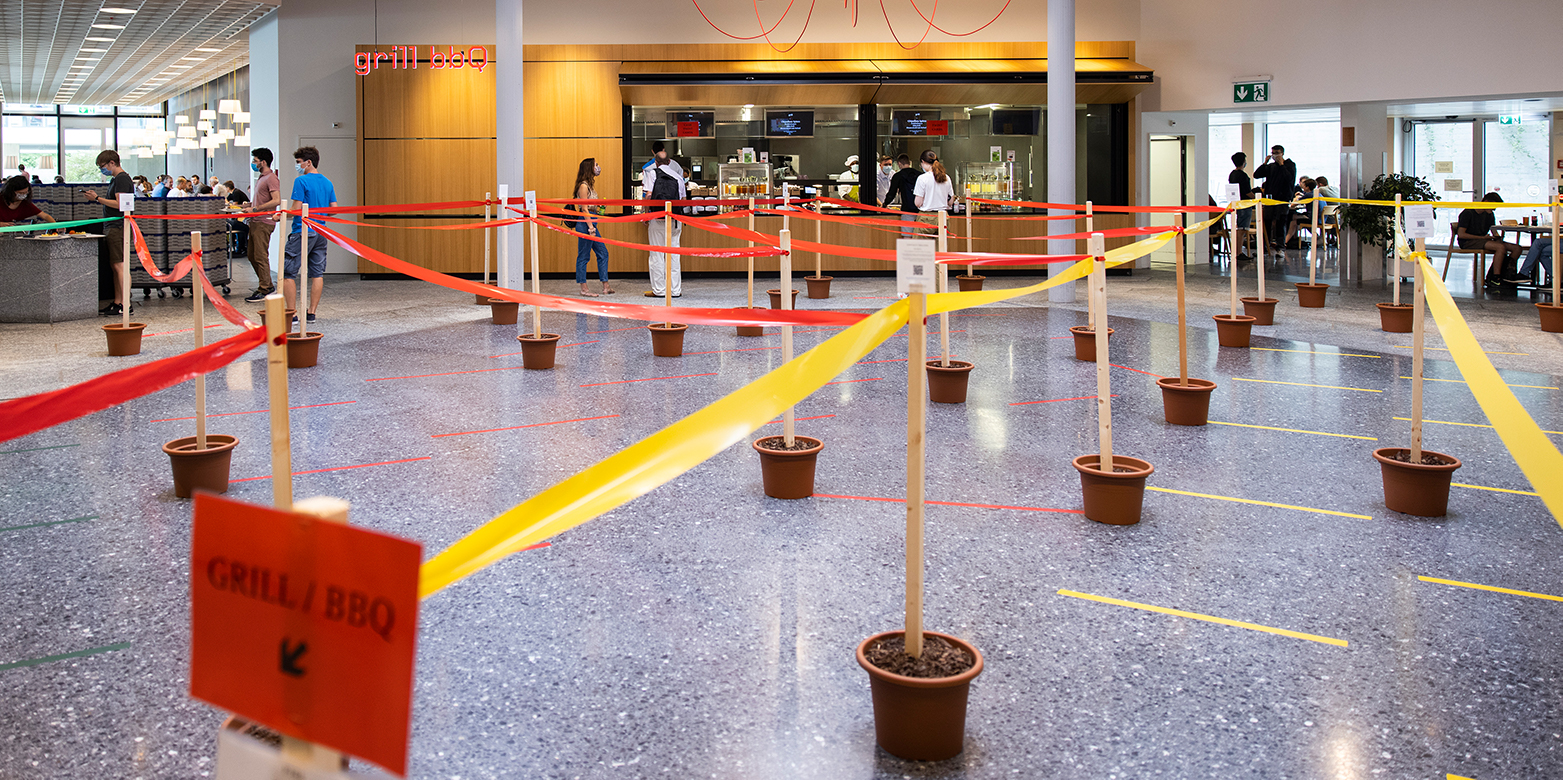
Red floor markings, signs, posters and sanitiser stands everywhere you look – this is the new normal inside the ETH catering outlets, which have been heavily affected by the global pandemic like the rest of us. Before coronavirus, the start of the semester would see many students and staff streaming into the canteens, which would become particularly crowded during the midday rush hour. The 1.5-metre social distancing rule for queues and tables is currently posing a major challenge for the caterers. How can they ensure smooth operations in the canteens without imposing too many restrictions on the guests? And how can they keep everyone safe if students and staff have to take their masks off while eating?
A new concept in the catering outlets
To answer these and other questions, the caterers created a safety concept. The aim was to continue offering food and drink to students and staff without jeopardising their safety. This required reconfiguring processes to return the various catering outlets on the ETH Zentrum and Hönggerberg campuses to regular operations after being closed for so long.
Well planned for maximum protection
Numerous steps were introduced. In addition to the familiar measure of compulsory masks, the caterers conceived new people flow systems, with coloured floor markings to guide the guests through the canteens. The routes are separated by barriers, and guests can only move in one direction. In addition, there are separate entrances and exits, where staff are on hand to make guests aware of the safety measures. At the same time, people counting systems with a red and green traffic light system indicate whether maximum capacity has been reached.
Depending on the canteen, guests are no longer permitted to help themselves at the buffet – a member of the catering staff now performs this task for them. Salads are pre-prepared and packed into portions. In addition to having sanitiser stands at the entrances and exits, the chairs in the dining areas have also been moved further apart to avoid close contact between guests. These measures will all help to minimise the risk of infection.
What guests need to know
Marcel Zurbuchen, who is responsible for the partner organisations at ETH, is impressed by the guests and staff, and their adherence to the rules. “Since compulsory mask-wearing was introduced in the catering outlets on 27 August, everyone has been very disciplined in sticking to it.” His tips on how to avoid crowding in the catering facilities: “We recommend visiting at less busy times. When the weather is nice, you can also buy food at the food trucks – on the Polyterrasse, for instance – and eat it outside or in the office.” He also recommends not eating in larger groups, and not moving the chairs together. Zurbuchen also highlights another change: “Thanks to the amended timetable for autumn this year – there is no longer a lunchtime from noon till 1 p.m. – we hope that the number of visitors will be more spread out around midday, so that peak times are less busy.”
Mandatory digital registration well-received
Since the start of the semester, guests have also been required to register for the purpose of contact tracing. They can do so manually by entering their details on a contact list, or they can choose the quicker option of registering digitally via the caterers’ own app. A solution developed by ETH’s IT Services department that will also be available shortly will allow the cashier to simply scan the guest’s ETH card or student ID card. If a chain of infection is identified, the barcode on the back of the card will be matched with the library’s database, in which most guests from the ETH community as well as many from the University of Zurich will be registered. When this barcode is scanned in the catering outlets, a code is stored. The code’s underlying data that is saved in the library is only shared if requested by the cantonal authorities via a contact tracer. One major advantage that this has over other systems is that the details do not have to be re-entered on each visit. However, if a guest is not already registered, they will have to register manually as before.
Mandatory digital registration is currently being tested in the Dozentenfoyer. According to Biljana Schenk, who is helping out there, the new system’s digital capturing function works well, although the processing time isn’t always the same. “So far ETH staff have been making active use of the digital registration system. In fact, they are happy that they don’t have to enter their contact details manually.”
Oona Wullschleger, restaurant manager of the student meeting point “bQm”, also welcomes the new digital registration system. She says she is surprised by how well the new scanning technology works and how willing the guests have been to actually use it. People visiting the bar can register their details by scanning a QR code on their smartphone.
Catering options are expanding
To reduce overcrowding during peak times, the catering options are expanding to include collection and takeaway. When the weather is warm, ETH members tend to go outside to enjoy their meals. The additional food stands will also help ensure a varied range of food and drink at ETH.
The changes have so far been well-received by the caterers. The safety measures are proving to be effective, and the majority of guests are adhering to them. Nevertheless, the catering partners are monitoring developments closely and adjusting the safety measures where necessary. They are doing everything they can to make canteen visits as safe as possible.
Robert Perich, Vice-President Finance & Controlling, stresses that responsibility lies with all guests. “Our partners are aware of their great responsibility, that they have to do everything they can to keep the guests as safe as possible. However, they also rely on each guest helping to protect their fellow guests by behaving responsibly themselves.”
You can find more information about the catering outlets on the website: All catering outlets open again
Gallery of the safety concept
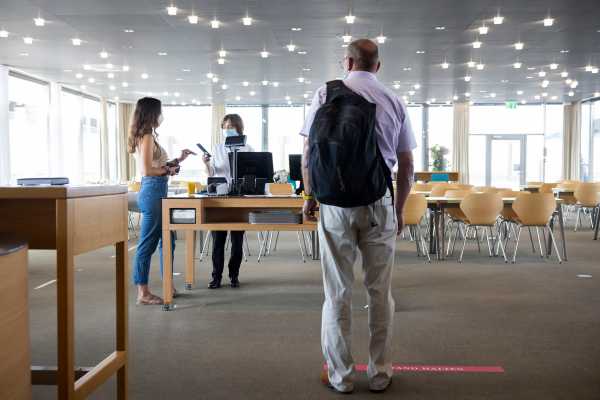

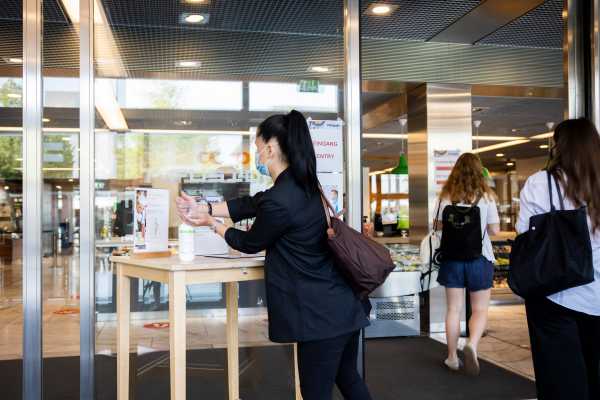
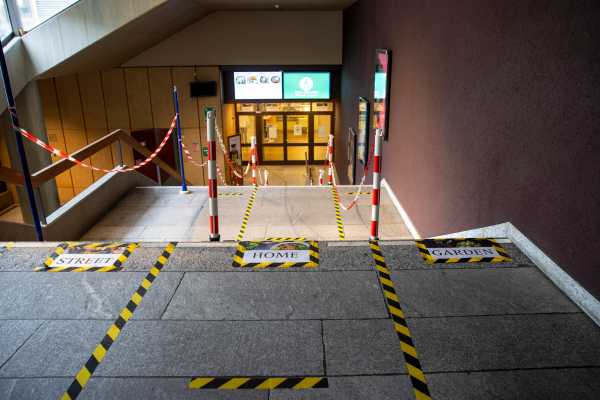
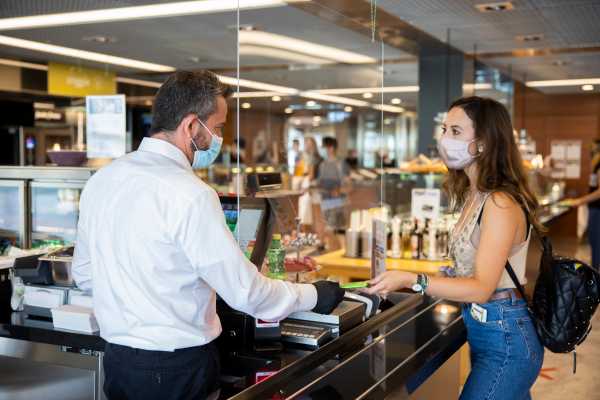

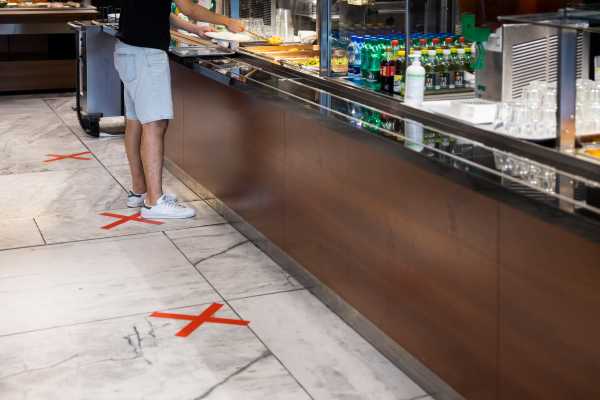
Comments
No comments yet